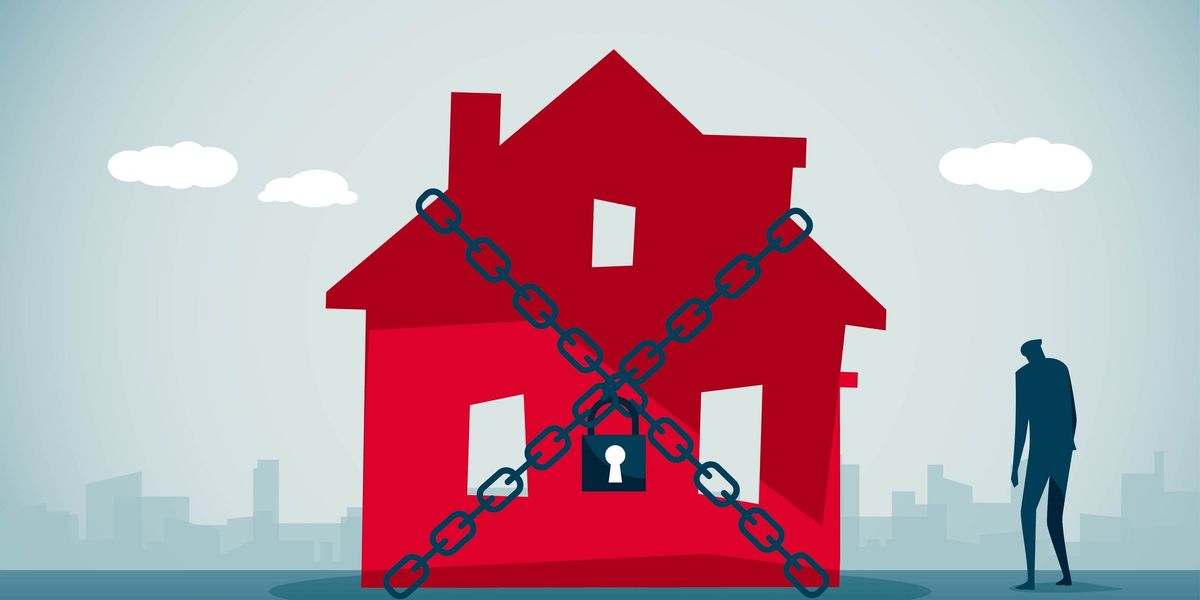

If you’re frustrated with being unable to buy a home today, you’re not alone. According to the Federal Reserve Bank of Atlanta, homeownership affordability has been near an all-time low since 2023. The deadly combination of both home prices and interest rates skyrocketing broke the housing market, but simply lowering interest rates today won’t fix it.
To understand why, it’s important to know what caused this housing affordability crisis. Over the last several years, the federal government spent trillions of dollars it didn’t have in the world’s largest-ever borrowing binge. The money came from the Federal Reserve, which created those trillions of dollars out of nothing, depressing interest rates.
The real solution is not to manipulate rates lower and spawn further inflation, but to get government out of the way so interest rates can come down naturally.
The predictable result was a rapid devaluation of the dollar, manifesting as 40-year-high inflation, followed by the fastest rise in interest rates in just as long to cool off the inflation.
Rates aren’t the problem
Not only did home prices become stratospherically high relative to incomes, but financing costs became prohibitively expensive. Consequently, during the four years of the Biden administration, the monthly mortgage payment doubled on a median-priced home.
For the housing market, this was a one-two punch that cratered affordability and consigned millions of Americans to renting for the foreseeable future.
The Fed’s artificially low interest rates helped cause the problem in the first place. Home prices rose not only because the dollar lost value (taking more dollars to buy the same home), but also because lower interest rates meant potential home buyers could borrow more and bid up the price of homes.
What’s most important to someone when considering buying a home is not the home’s price but the monthly mortgage payment. While the payment is clearly dependent on the whole price, interest rates are also a major factor. When those rates fell below 3%, people were willing to spend much more on the same home because the monthly payment didn’t change much.
As the months passed, however, and the bidding wars continued, prices just kept rising. Once interest rates returned to more normal levels, everything fell apart as monthly mortgage payments exploded. It now takes over two-thirds of the median household’s take-home pay to afford a median-priced home.
Historically, when interest rates rise, home prices fall, but that didn’t happen this time. So many people locked in home loans at interest rates below 4% — or even below 3% — that they can’t sell their homes today, because doing so would mean losing that interest rate and getting a new mortgage at 7%, 8%, or 9%.
The only way to make the math work is if homeowners sell at a huge premium, giving a massive down payment on their next home, minimizing the amount borrowed at a higher rate, and therefore preventing their monthly payment from skyrocketing. The large and fast increases in interest rates pushed home prices even higher instead of lower.
Get government out of the way
The temptation today is for the Fed to simply lower the federal funds rate (its benchmark interest rate), under the assumption that such a move will push down interest rates throughout the economy, including mortgages. Sadly, instead of fixing the broken housing market, it would likely have the opposite effect.
Last autumn, in a move that could only be described as blatant election interference, the federal funds rate was reduced when there was no empirical justification for doing so. But the move buoyed stock prices. Market participants saw through the charade and realized the artificially low rates would ultimately lead to more inflation, which prompted private market interest rates to rise.
 Photo by e-crow via Getty Images
Photo by e-crow via Getty Images
Lenders don’t like inflation because it reduces the value of the money being repaid in the future. To compensate, creditors demand a higher rate of return. That’s why the yield on Treasury debt at the end of last year jumped 100 basis points after the federal funds rate fell 100 basis points, demonstrating the Sisyphean nature of the problem.
Additionally, interest rates and home prices have recoupled. If interest rates fall one or even two percentage points, that will again prompt potential home buyers to borrow more, thereby bidding up home prices again. Unless rates drop substantially more, existing homeowners will remain trapped by the golden handcuffs of their 2% or 3% interest rates.
The real solution is not to manipulate rates lower and spawn further inflation, but to get government out of the way so those rates can come down naturally. If the government spent much less, then there would be less demand for borrowed money. Reducing demand in turn reduces the price, and the price for borrowed money is the interest rate.
Profligate government spending broke the housing market. Only fiscal restraint at the federal level will fix the problem.
.png)
 4 hours ago
9
4 hours ago
9


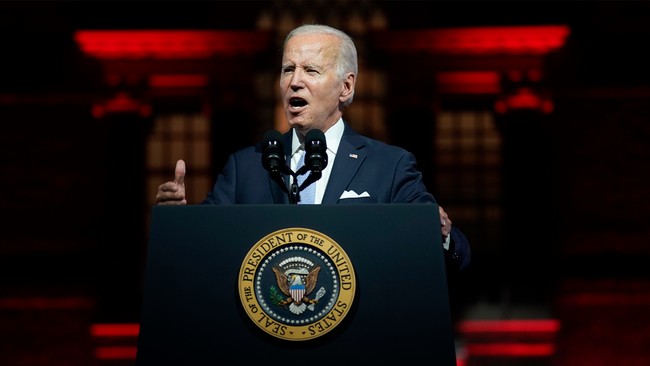
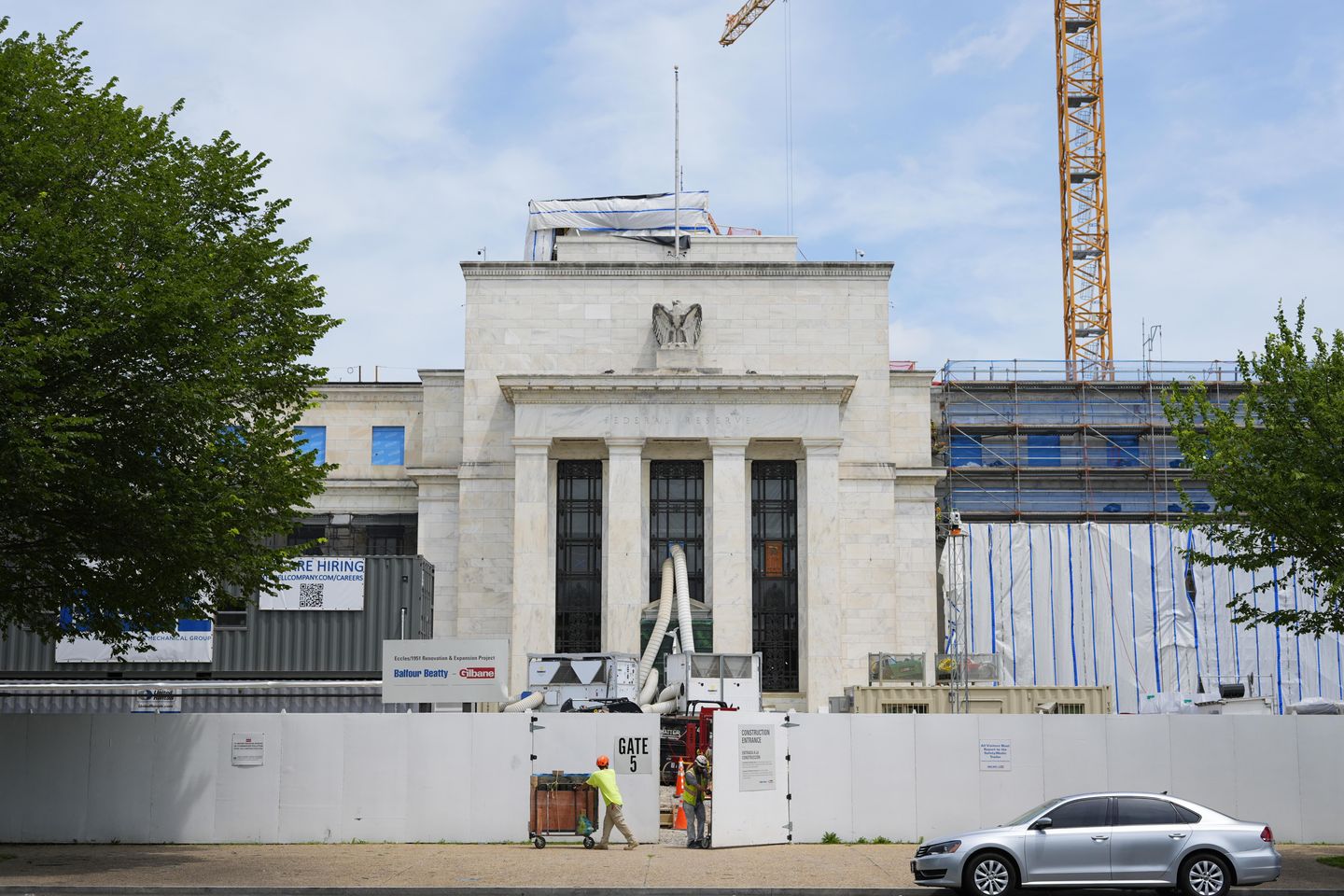




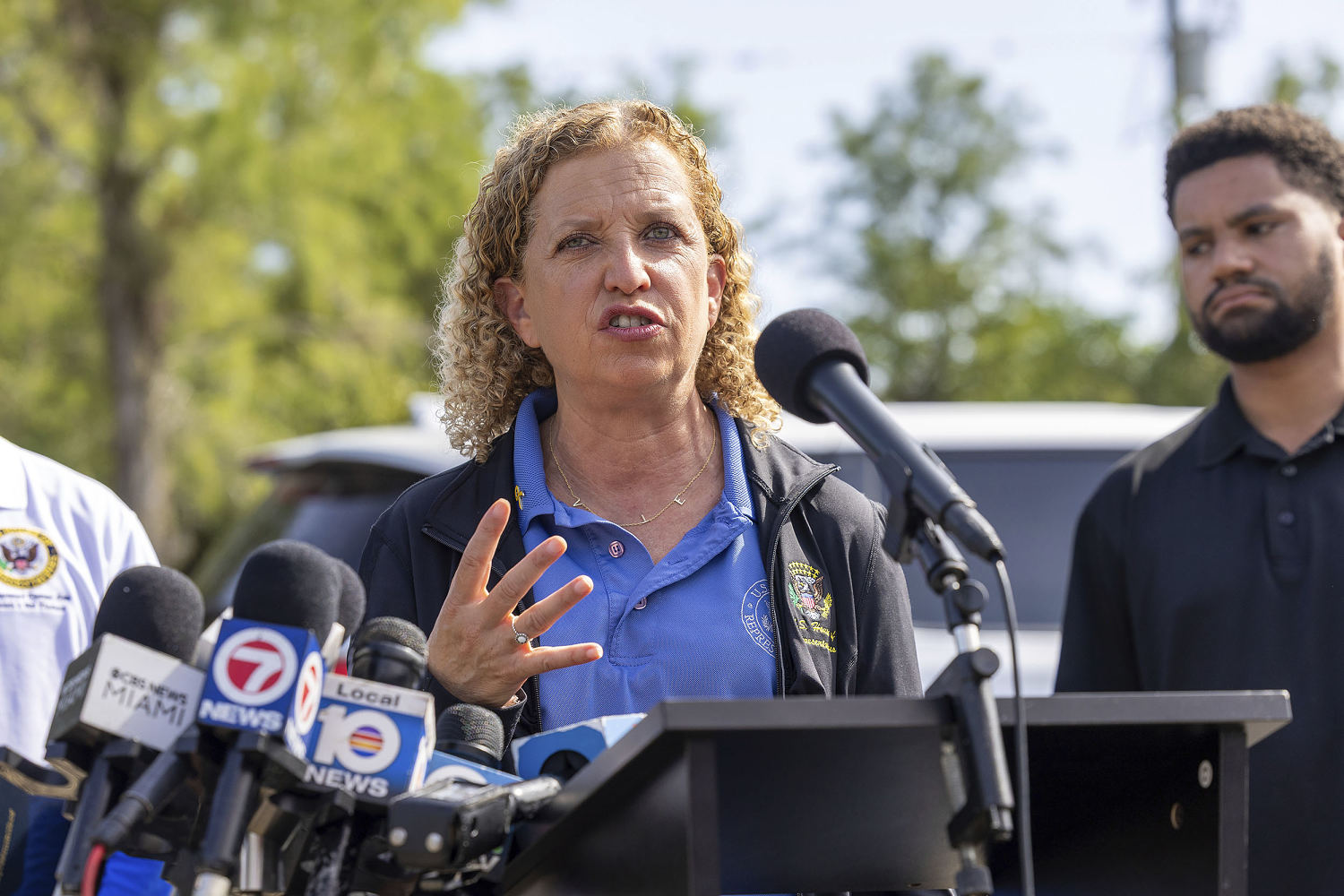

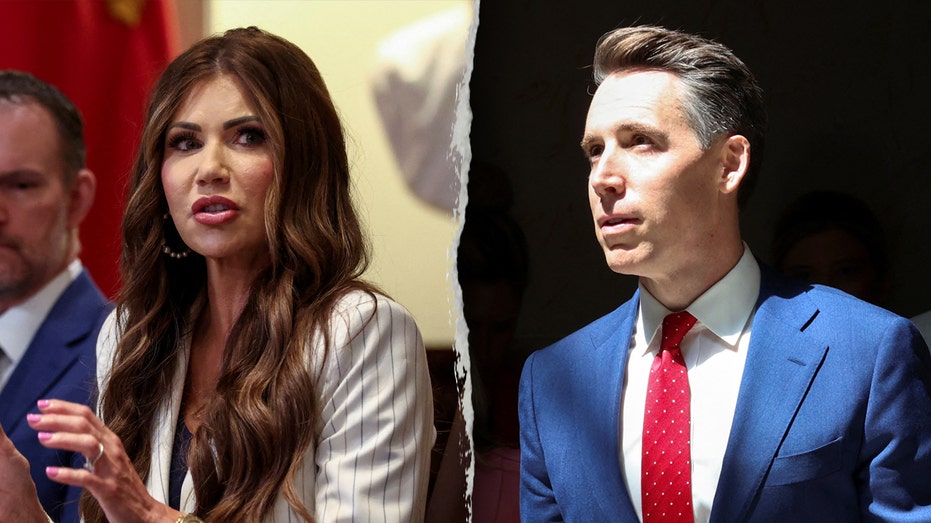
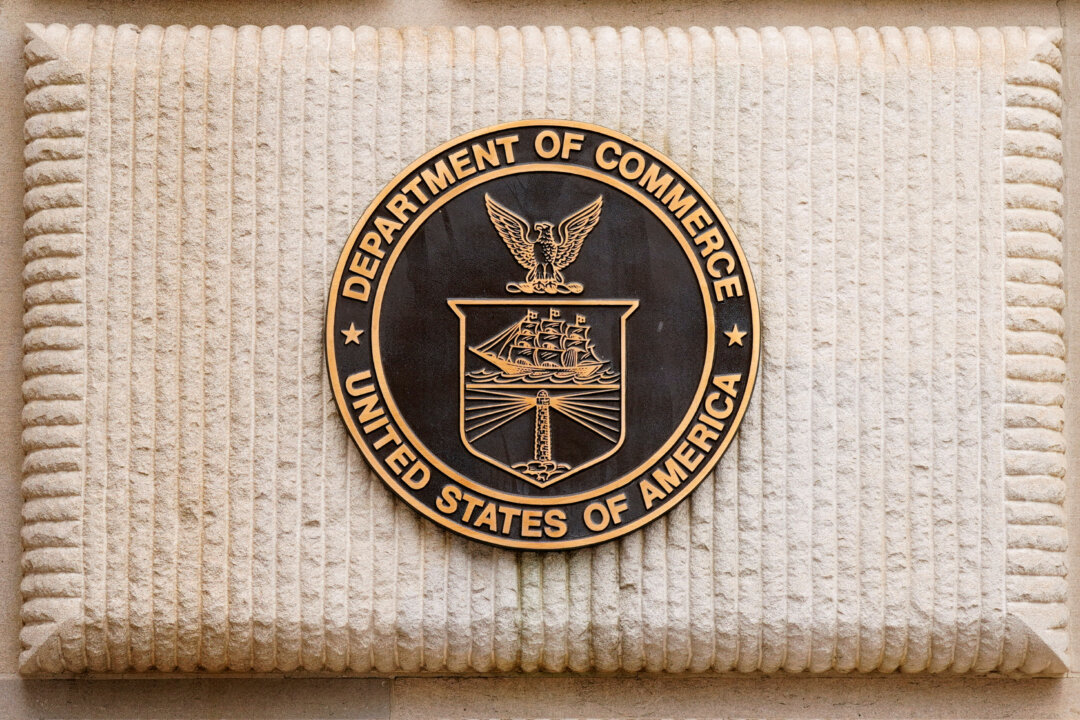



 English (US)
English (US)